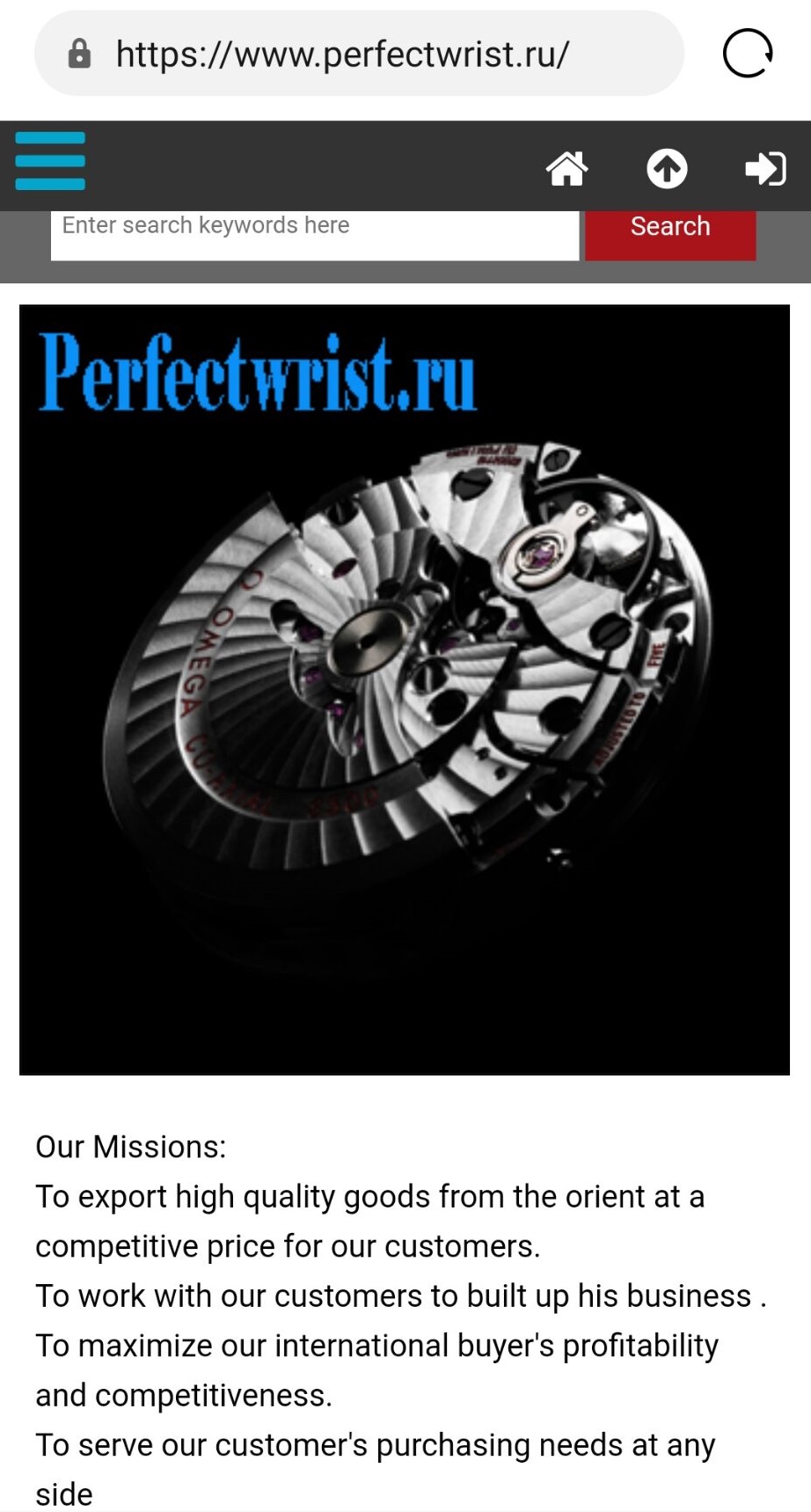Luxury watchmakers are always upping the ante to lead the pack with the most accurate mechanical watches in the world. Find out how these two market leaders do it.
Let’s start with how watches with this title are similar. Simply put, they are both required to be certified chronometers and go through the standard COSC ISO 3159 testing before any further testing is done.
COSC testing involves only the watch movement/caliber itself and for two consecutive weeks, the movements are tested at three different temperatures and 5 different positions.
By the time the movement received its chronometer designation, it has reached an accuracy of -4/+6 seconds per day. Both Rolex and Omega felt that they could work on the post-COSC accuracy and precision.
Replica Rolex watch took the chronometer to the next level with an extra round of testing and fine-tuning.
Once the watch movement is returned to manufacture, Rolex cases the caliber and a series of tests designed to simulate the use of the watch when worn in a “real-life” situation is conducted followed by fine-tuning until the accuracy of -2/+2 is achieved. That is at least twice as accurate as a COSC chronometer!
Once this is accomplished the watch is ready to be shipped out with a new Superlative Chronometer designation.
The first Rolex movement to ever go through Superlative Chronometer testing and get the esteemed Superlative Chronometer designation was the Rolex 3255 movement found in the Rolex Day-Date 40mm.
They had since decided to expand their highly strict ±2 testing to every one of their watches. They had since attached to each watch they sell that meets this standard in accuracy and precision a seal saying “Superlative Certified” on one side and “Rolex SA Geneve” on the other.
OMEGA, eager to rise to the challenge, embarked on a mission to state their dominance in chronometric precision with a new chronometric precision designation known as the Master Chronometer.
The first OMEGA watch that was given the designation of Master Chronometer was the Globemaster which is part of the Omega Constellation series. A testing institute called the Federal Institute of Metrology, also called METAS conducts the testing after the watch received a COSC certification.
METAS labs take the watches and have their movements tested for a number of things in order to reach a minimum precision of 0/+5 seconds per day.
The first of these tests gauges how it reacts to being exposed to magnetic fields of 1.5 Tesla / 15,000 gauss while in two different positions.
Then the caliber is cased and put into a watch and they test how it handles the same fifteen-thousand gauss magnetic fields.
They then expose it to 15,000 gauss for a full 24 hours and test its daily precision for any deviation.
They then look at the average daily accuracy of the watch over a period of 96 hours while alternating positions and environmental changes such as temperature fluctuations. The Power reserve is then examined to ensure it runs at full mast for the projected capacity.
They then look for any deviance of accuracy in any of six different positions.
The watches are then tested again in 6 positions for any chronometric discrepancies in time while the power reserve is between 33% and 100%.
The water-resistance of the watch is tested by immersing the watch in water and increasing the pressure until it reaches the intended depth of water resistance.
